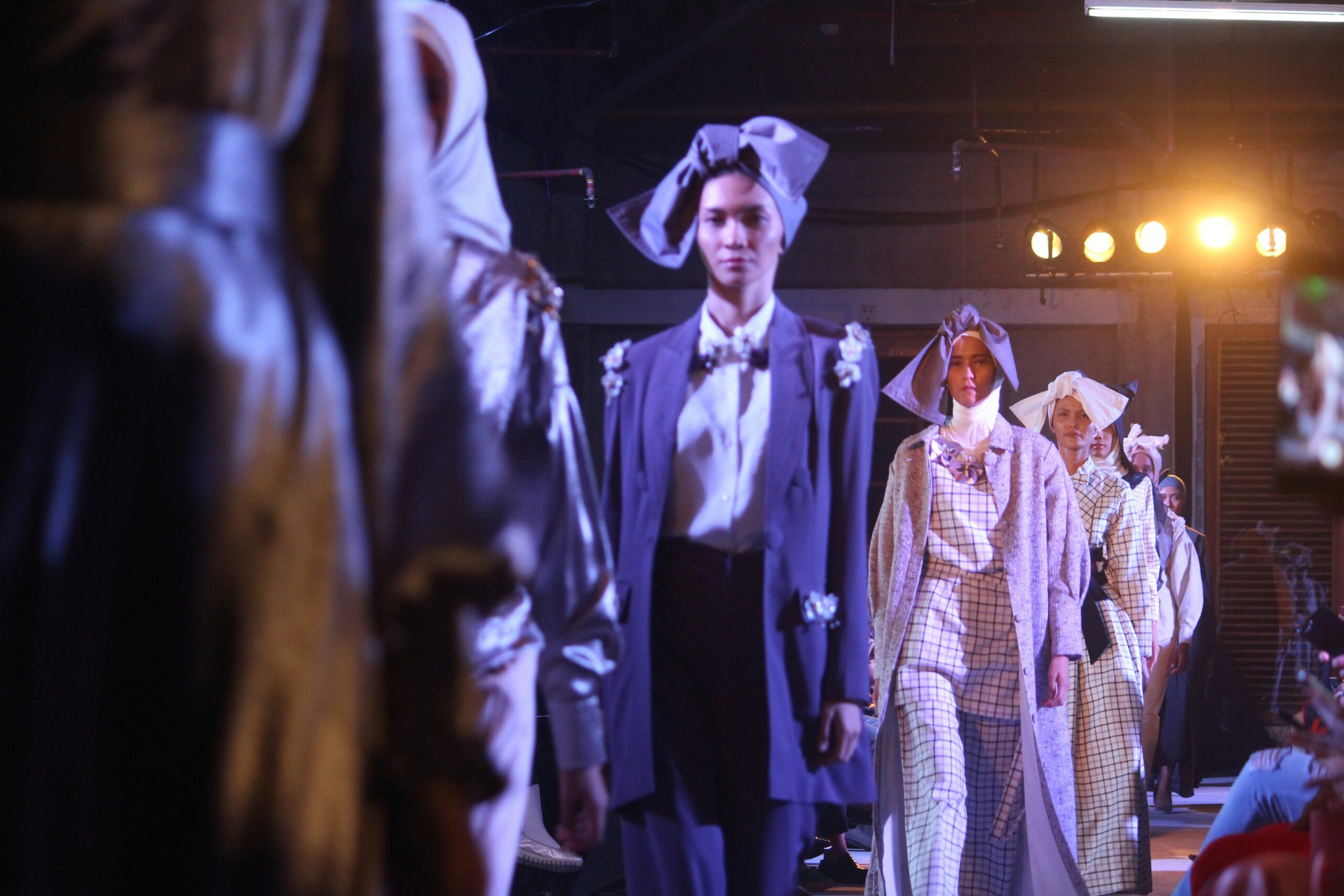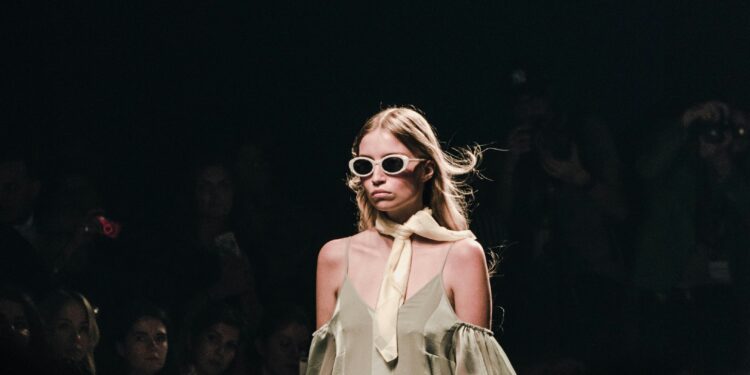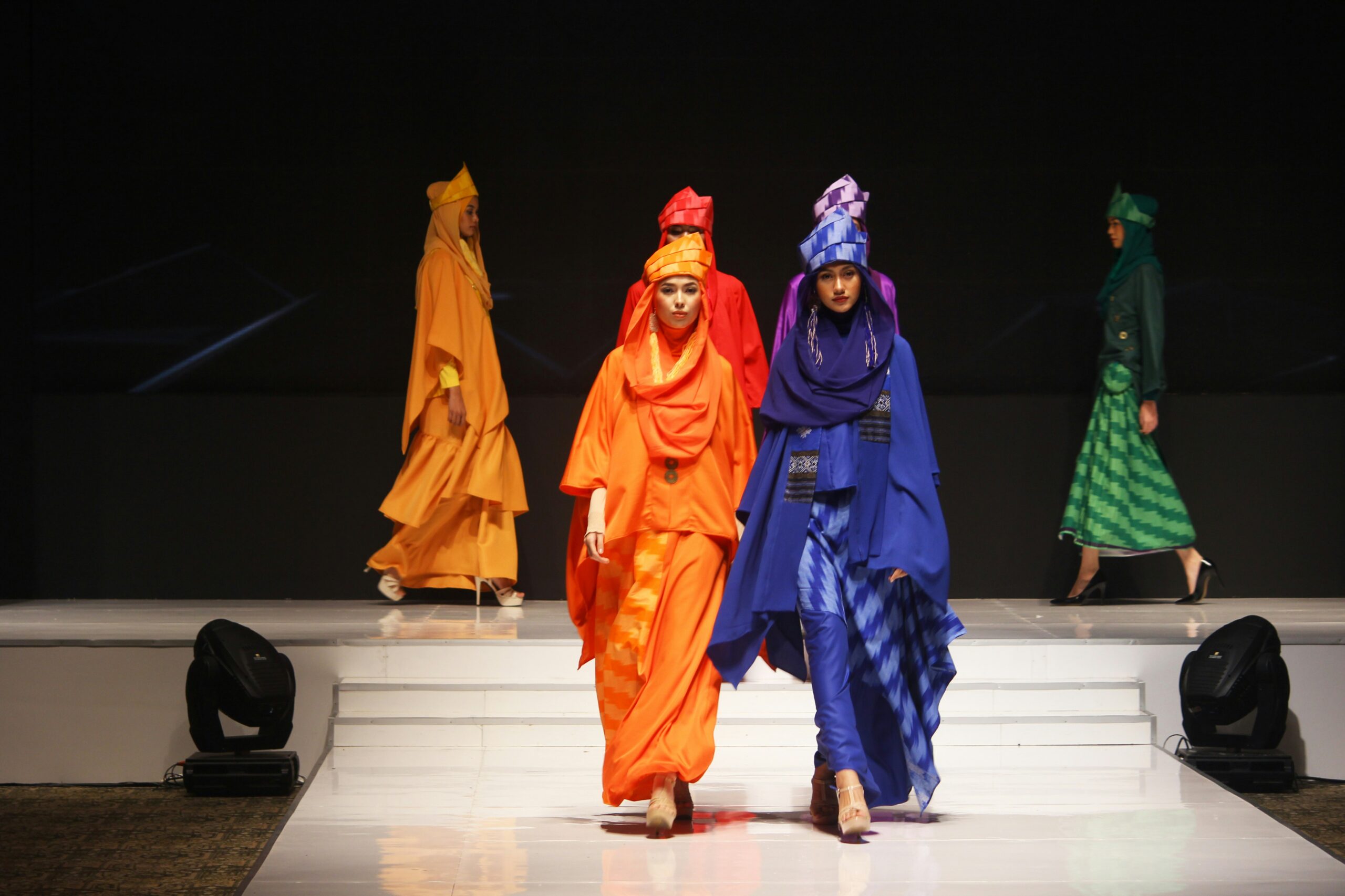We just wrapped up Paris Fashion Week for Spring/Summer 2026, and if you weren’t there, you probably experienced it on a screen, in 15-second TikTok bursts, scrolling through your X (formerly Twitter feed) or even through your favorite influencer’s story highlights on Instagram.
Whichever way you experienced it, one thing has been made certain: Paris Fashion Week (PFW) Spring/Summer 2026 season proved definitively that the fashion runway’s new currency is now social media visibility. Yes, you read that right. The fashion week’s narrative was overwhelmingly driven by A-list celebrity moments, designed to be instantly seen, reposted, and amplified across global social media feeds and platforms.

The most potent example of this strategy played out at Schiaparelli. The brand scored an undeniable viral win by featuring the Jenner sisters. Kendall Jenner’s sheer black runway gown became an immediate discussion piece, while her sister, Kylie Jenner, secured the coveted front-row shot, capturing the spectacle on her own massive platform while wearing a silver chai mail dress from the brand. This two-way celebrity attack (the Jenner model on the runway and the Jenner influencer capturing it) is the modern blueprint for socia media impact.
In a similar manner, Saint Laurent leveraged the star power of its ambassadors. The buzz around Blackpink’s Rosé’s front-row appearance generated millions of engagements, demonstrating the immense, reliable pull of K-Pop fandom. Meanwhile, Bella Hadid’s single, show-stopping appearance for the house became one of her most-talked-about looks of the season, further cementing the rule that celebrity access now equals cultural relevance.
The Spectacle and the Subversion: Fashion’s Search for the Extreme
Beyond the celebrities, however, this season confirmed that brands must choose between two strategies to achieve social media viral status: breathtaking spectacle or outright artistic confrontation.
A. The Spectacle Strategy:
Coperni once again mastered the grand, unconventional spectacle. The brand swapped the traditional runway for a 90s-era esports LAN party/gaming arena, where models strutted through hundreds of gamers. The runway pieces, including accessories like a ‘Tamagotchi bag’, were clearly designed to appeal to nostalgia and the lucrative gaming crossover culture.
While this was incredibly effective at generating buzz (and the most unique staging of the week), critics noted that the dramatic show set often overshadowed the clothing itself. As some reviews suggested, the question is whether these stunts translate into sustainable sales or merely function as ephemeral, high-budget digital content.
B. The Subversive Strategy:
On the other end of the spectrum was Matières Fécales, who proved that controversy is often the purest form of engagement. The brand’s “romantic-goth” collection was a conscious act of defiance against industry perfection. By casting friends instead of professional models, the designers embraced unconventional silhouettes and awkward runway walks, resulting in immediate online mockery, with users labeling it “Paris Freak Week.”
However, this backlash itself became the story. For a subculture brand, this confrontation with the mainstream ideal successfully generated a conversation about who gets to define fashion, fulfilling its goal of making “fashion interesting again” by challenging rigid aesthetic norms.
The Themes Driving the Collections
While the social media highlights focused mainlyon the visual shock, the collections themselves pointed to two major thematic undercurrents:
- Reclaiming Power and Masculinity: At the high-fashion level, houses like Schiaparelli experimented with strong silhouettes and Western-wear influences, signaling a return to power dressing but with a subtly subversive twist, allowing the clothes to become a source of strength and authority.
- Fusion Culture: The rise of Coperni’s gaming-inspired collection underscored the growing fusion of luxury fashion with niche subcultures and digital themes. This move isn’t just about marketing; it reflects an acknowledgment that the modern consumer’s identity is intrinsically linked to digital spaces, esports, and nostalgic tech.
Conclusion
Ultimately, the Paris Fashion Week SS26 was not a week of quiet luxury; it was a week of strategic social media noise. Every major moment was a calculated piece of content by the designers, with the strategy to move units (their products) not just in stores, but in the attention economy of the internet. What do you think about this new strategy?
Feel free to leave your comments in the comment box below and don’t forget to subscribe to Federal Character newsletter.


















